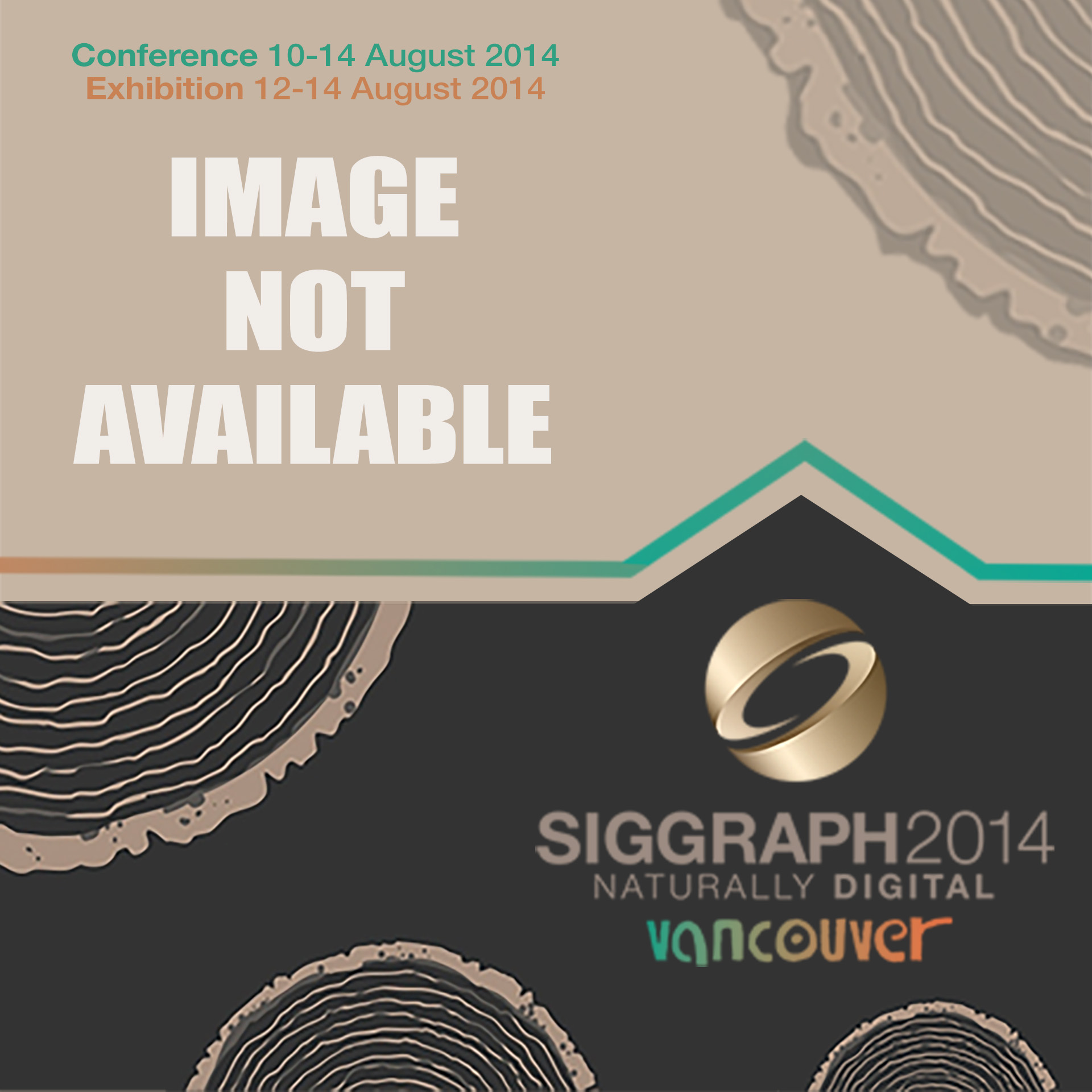“Malleable Environments and the Pursuit of Spatial Justice in the Bronx” by Crean
Conference:
Type(s):
Title:
- Malleable Environments and the Pursuit of Spatial Justice in the Bronx
Presenter(s)/Author(s):
Abstract:
A design team in the Hunts Point neighborhood of the South Bronx used methodologies of performance and collaborative, location-based storytelling to contend with the effects of urban spatial injustice in the community. Ideation via a series of participatory performances led to creation of a mobile cinema application as the starting point for public, location-based cinema walks. The application accepts usergenerated content, acting as a new form of generative monument to the neighborhood as it evolves. The project exemplifies how installing situated technologies for an embodied form of participation can help translate local concerns to outside audiences, in this case using a metaphorical, locative media platform to discuss the evolving nature of environmental discrimination, over-incarceration, and urban spatial justice in New York City.
References:
1. Blast Theory, Rider Spoke, <www.blasttheory.co.uk/projects/rider-spoke> (2010), accessed 2013.
2. Wood, Denis, Everything Sings: Maps for a Narrative Atlas (Los Angeles: Siglio, 2010), 1–25.
3. New York City Department of City Planning, Bronx Community District 2, <www.nyc.gov/html/ dcp/pdf/lucds/bx2profile.pdf>, accessed August 2008.
4. Wills, Kerry, “Murders in the Bronx Spike,” New York Daily News, <www.nydailynews.com/newyork/murders-bronx-spike-20-people-dead-50-shot-year-2010-article-1.1001079> (January 5, 2012).
5. New York University Institute for Civil Infrastructure Systems, “Asthma and Air Pollution in the South Bronx,” <www.icisnyu.org/south_bronx/AsthmaandAirPollution.html>, accessed January 2013.
6. Juvenile Justice Project, “JJP Calls on City to Close the Notorious Spofford Youth Jail,” <www. correctionalassociation.org/news/juvenile-justice-project-calls-on-city-to-close-the-notorious-spoffordyouth-jail> (April 1, 2003).
7. ArtPlace America, “Principles of Creative Placemaking,” <www.artplaceamerica.org/articles/ principles-of-creative-placemaking>, accessed December 2013.
8. Helguera, Pablo, Education for Socially Engaged Art (New York: Jorge Pinto Books, 2011), 11.
9. Kwon, Miwon, One Place after Another: Site-Specific Art and Locational Identity (Cambridge, MA: MIT Press, 2002).
10. Wodiczko, Krzysztof, interviewed by Melanie Crean, <shapeofchange.com/blog> (2010).
11. Rancière, Jacques, The Emancipated Spectator (London: Verso, 2009), 22.
12. Brown, Stuart, and Christopher Vaughan, Play: How It Shapes the Brain, Opens the Imagination, and Invigorates the Soul (New York: Penguin, 2009).
13. Salen Tekinbas, Katie, and Eric Zimmerman, Rules of Play: Game Design Fundamentals (Cambridge, MA: MIT Press, 2004), 304.
14. Boal, Augusto, Games for Actors and Non-Actors (London: Routledge, 1992).
15. Boyd, Andrew, Beautiful Trouble: A Toolbox for Revolution (New York: OR Books, 2012), 210.
16. Djajadiningrat, J.P., W.W. Gaver, and J.W. Frens, “Interaction Relabelling and Extreme Characters: Methods for Exploring Aesthetic Interactions,” DIS ’00: Proceedings of the 3rd Conference on Designing Interactive Systems (New York: ACM, 2000), 66–71.
17. Benford, Steve, et al., “Uncle Roy All Around You: Implicating the City in a Location-Based Performance,” Proceedings of ACM Advanced Computer Entertainment (ACE 2004), Singapore (New York: ACM, 2004).
18. Blast Theory, Rider Spoke, <www.blasttheory.co.uk/projects/rider-spoke> (2010), accessed 2013.
19. Kjeldskov, Jesper, and Jeni Paay, “Augmenting the City with Fiction: Fictional Requirements for Mobile Guides,” Mobile Interaction with the Real World 2007 / 5th Workshop on HCI in Mobile Guides (Singapore: ACM, 2007), 41–55.
20. Wodiczko, Krzysztof, “Designing for a City of Strangers,” Critical Vehicles: Writings, Projects, Interviews (Cambridge, MA: MIT Press, 1999), 4–15.
21. Lozano-Hemmer, Rafael, “Alien Relationships with Public Space,” TransUrbanism (Rotterdam: NAI Publishers, 2002), 155.
22. Meadows, Donella, Leverage Points: Places to Intervene in a System (Hartland, VT: The Sustainability Institute, 1999), 3.
23. Austin, J.L., How to Do Things with Words, second edition (Oxford: Oxford University Press, 1975).





